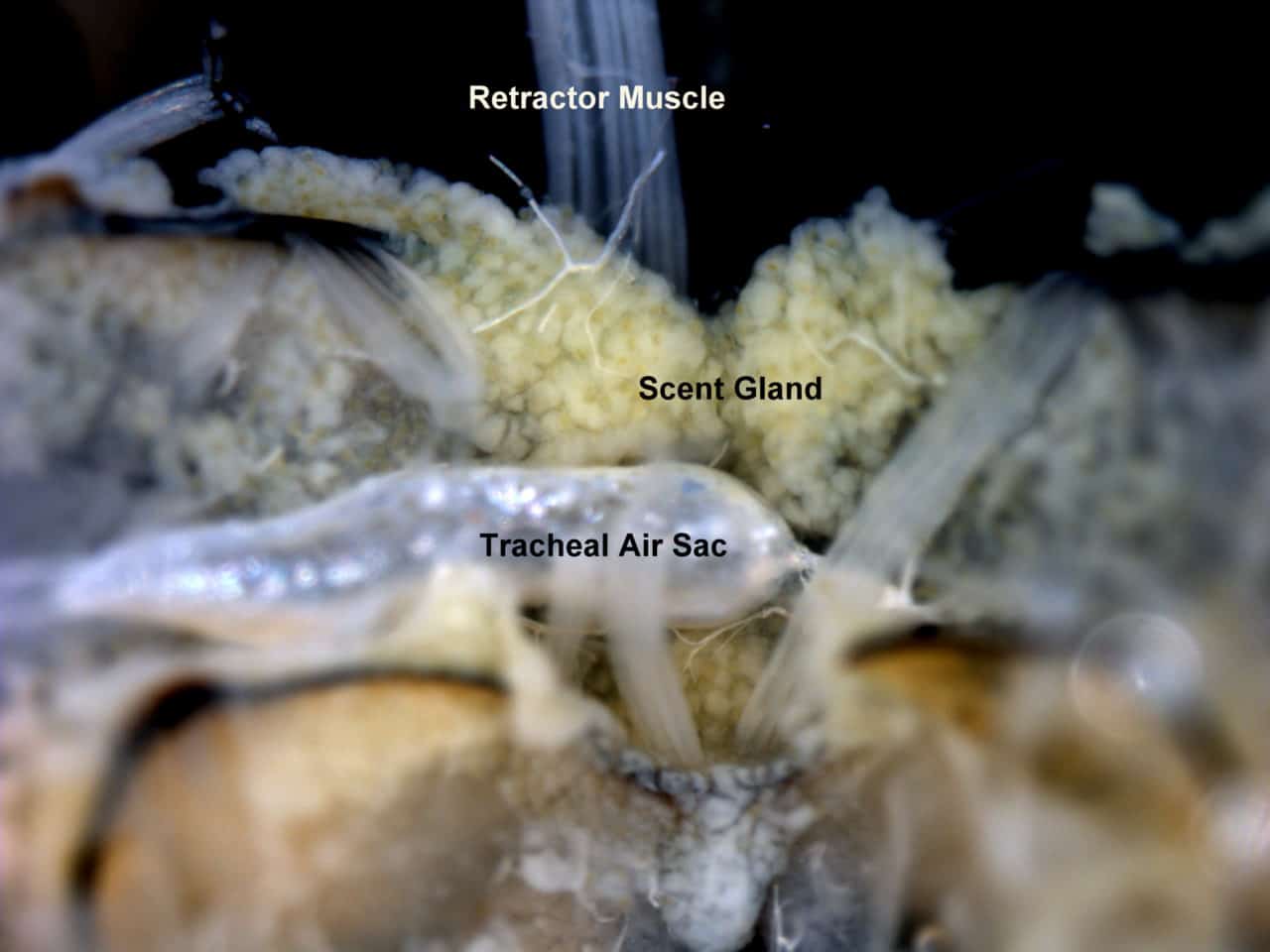Dear Beekeeper, We greatly appreciate your request for a member of the Bee Informed Partnership team to present to your organization. As our partnership raises awareness, we have been inundated with requests to speak to organizations and groups across the country. Due to the overwhelming number of requests we receive it is important that we are selective in the amount of time we take away from our daily research tasks to prepare and present at events. In an ideal setting we would be able to take the time to honor every speaking request we receive, and as enjoyable as that would be, unfortunately, we are…
Month: March 2013
Image Collection
As honey bee researcher’s photos are used to document everything from locations and landscapes to sampling events and equipment to the condition of colonies, honey bees and/or related pests and pathogens. Recently, our Northern California Tech Transfer Team used images taken in the field to help confirm the diagnosis of a European Foulbrood outbreak in an almond orchard. Some of the images I take are good; some are ok but most are bad. From my experience hundreds of pictures yield but a few images worthy of sharing. We are currently in the process of putting together a collection of images that we hope to use…
How to make a Sugar Roll jar
A sugar roll test is a simple way to monitor your varroa mite loads without killing a lot of bees. It is easy and fast and only a few items are needed. To make a sugar roll jar you will need a few supplies. You can get these supplies at a home improvement store and the grocery store. • Wide mouth quart canning jar with a two piece lid. You can use other sized jars as long as there is a two piece lid. • Screening-#8 mesh (8 squares per square inch) is preferred but you can use other screening as long as it allows…
Sampling in the Deep South
After spending about a month in California, I flew south to meet Jody Gerdts and travel around East Texas, Louisiana, and Mississippi for three weeks. While most of the bees in the country are in California for almond pollination, there are a few beekeepers that have or bring bees down to the South for producing the next generation of bees to sell. A number of the beekeepers the Midwest Bee Tech-Team works with migrate to the south for the winter, so we follow them. We visited nine beekeepers and did hygienic testing, and took samples for Nosema and Varroa for them. (Jody works on the…
